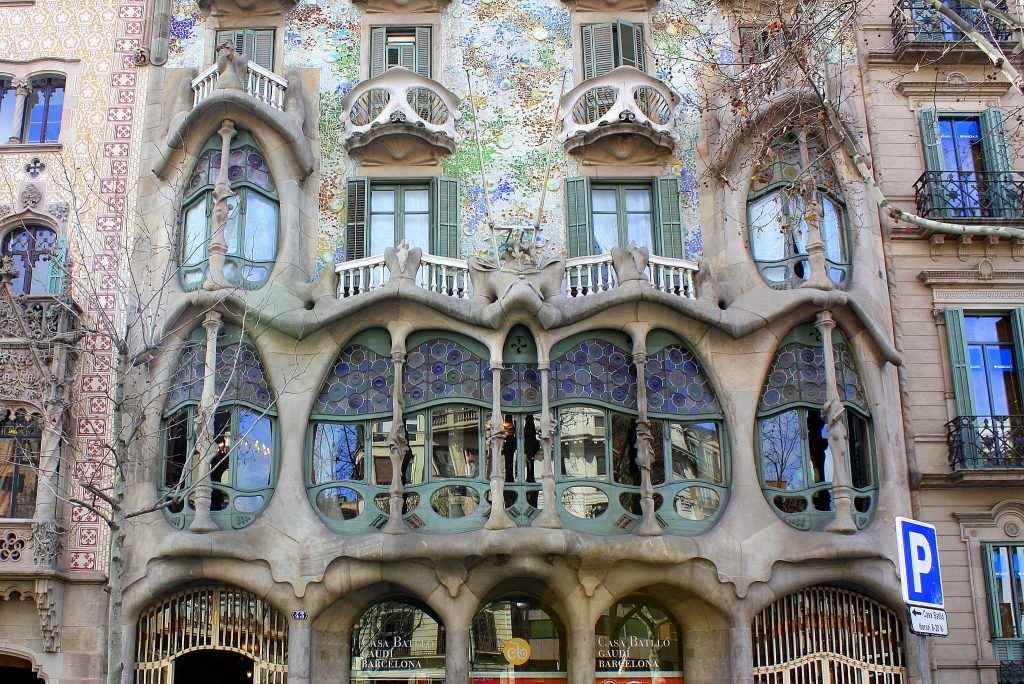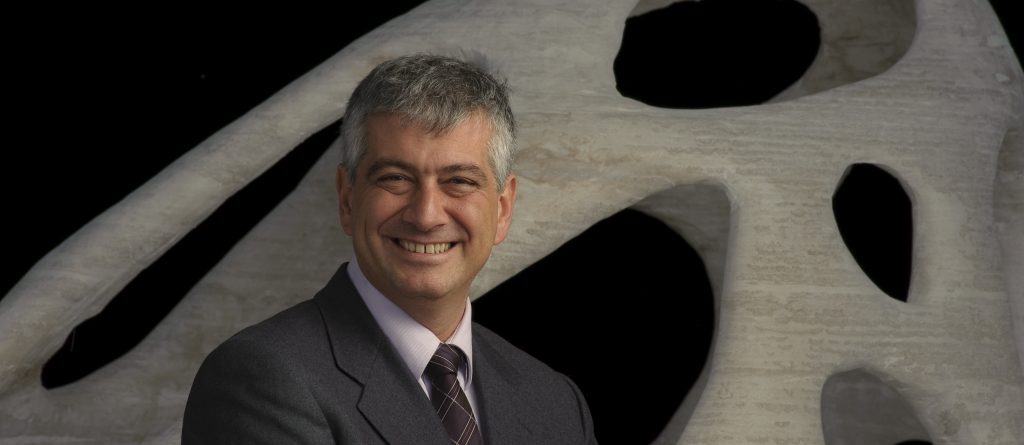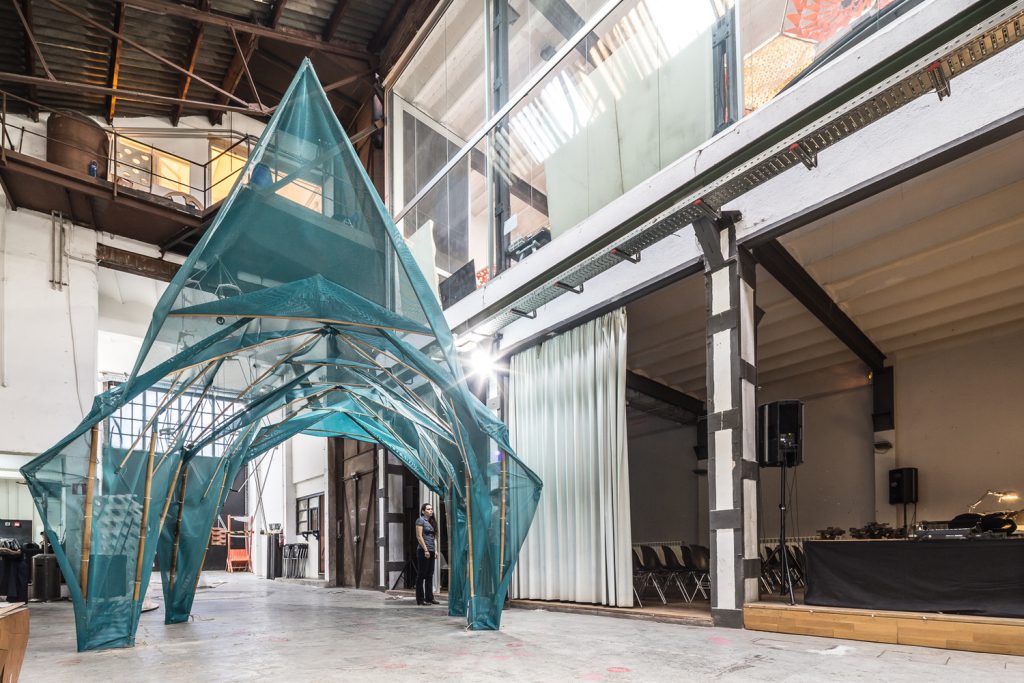A collaboration between the Institute for Advanced Architecture of Catalonia (IAAC) in Barcelona, Spain, and ACCIONA, a company dedicated to Spain’s sustainable infrastructure, have pipped other bridge innovators to the post by installing the first 3D printed bridge in a park south of Madrid. In an exclusive interview with 3DPI, the IAAC design team revealed some of the secrets behind 3D printing the Alcobendas bridge, and share great promise for the future of 3D printed architecture.

Present in the interview were Areti Markopoulou, Academic director at IAAC, computational design expert Rodrigo Aguirre and Alex Dubor, architect and expert in robotic fabrication. To start, Markopoulou explained how the bridge was a concept initially founded at the IAAC 2 years ago. At the time, ACCIONA was working with 3D printing construction engineer Enrico ‘3D printing “ruined” my life’ Dini, and had produced a machine capable of 3D printing concrete. In IAAC the company found the missing link for their materials, machining and design trifecta.
Designing the 3D printed bridge
Being based in Barcelona, it would be hard for the IAAC not to be influenced by the fluid, organic style of Antoni Gaudi – perhaps the city and country’s most well-known architect who designed the ‘Unfinished’ Sagrada Família Cathedral, and Casa Batlló which stands in the centre of the city.

Computational designer Rodrigo Aguirre explained how this natural style was taken into account when creating the bridge, and was an important stage in a 3-part process involving topological imaging of the location to create a specific print size, and aligning with the parametric wishes of ACCIONA and the local Alcobendas council.

IAAC’s robotics expert Alex Dubor added that the bridge was envisioned as, ‘a clear demonstration that 3D printing is ready to be structural and add infrastructure,’ adding that the purpose is to ‘show that [3D printing is] not only formal, but it has mechanical strength’.
Indeed, a bridge’s ability to arc above water without a central support column, and facilitate access from one place and another is the perfect example of the socio-political and environmental impact of architecture.
3D printing it out
From the very beginning IAAC designers were producing 1-to-1 scale prototypes of the bridge. The final bridge was 3D printed in 8 parts out of micro-reinforced concrete – a material chosen for its strength without the need for extra, internal supports. The material was initially reinforced with metallic particles but the finish, for a pedestrian bridge, was too rough, so it has instead been reinforced with polypropylene thermoplastic.

Unable to share specific details of the machine used to 3D print the bridge, the team did reveal that it is a powder-based process; one that has been developed by Enrico Dini for ACCIONA; and prints concrete at a maximum area of 2X2 meters.
The institute
The IAAC’s overall aim it to innovate architecture in a way that incites environmental, social and economic revolution, through the combined effort of educational programs, Fab Labs and Research Projects such as this.

Plans for the future in collaboration with ACCIONA are to look at producing more sustainable materials, including geopolymers, for 3D printing.
As an institute apart from ACCIONA, the IAAC is also looking to develop the means of 3D printing houses using portable and easy-to-set-up machines, and harnessing the materials, such as soil, in a given environment.
Featured image shows a pedestrian crossing the 3D printed bridge in Alcobendas. Photo via: Enric Rodon for the IAAC



